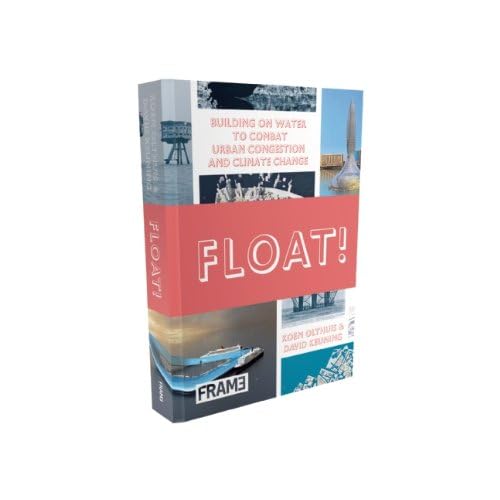
Reviewed in BLDGBLOG:
A remarkably stimulating read, Float! falls somewhere between design textbook, aquatic manifesto, and environmental exhortation to explore architecture's offshore future. Water-based urban redesign; public transportation over aquatic roadways; floating barge-farms (as well as floating prisons); maneuverable bridges; entire artificial archipelagoes...
... Float! is an excellent resource for any design studio or seminar looking at the future of floating structures in an age of flooding cities.So, a start.
10 trillion human beings could have 10 times the surface space per capita of the average urban environment today and leave most of today's land surface clear of human occupation, but only by occupying perhaps as much as half of the current sea surface (double the total land area) with a global city extending below the surface at least a mile on average and rising perhaps two miles on average -- i.e., we'd need to layer human occupation. And, in order not to swamp the existing land with the water displaced by the city, would need to excavate the equivalent of half the ocean to an average depth of a mile -- big job! But perhaps just an aspect of finding the building materials with which to construct the city over the course of a millennium anyway.
.
No comments:
Post a Comment